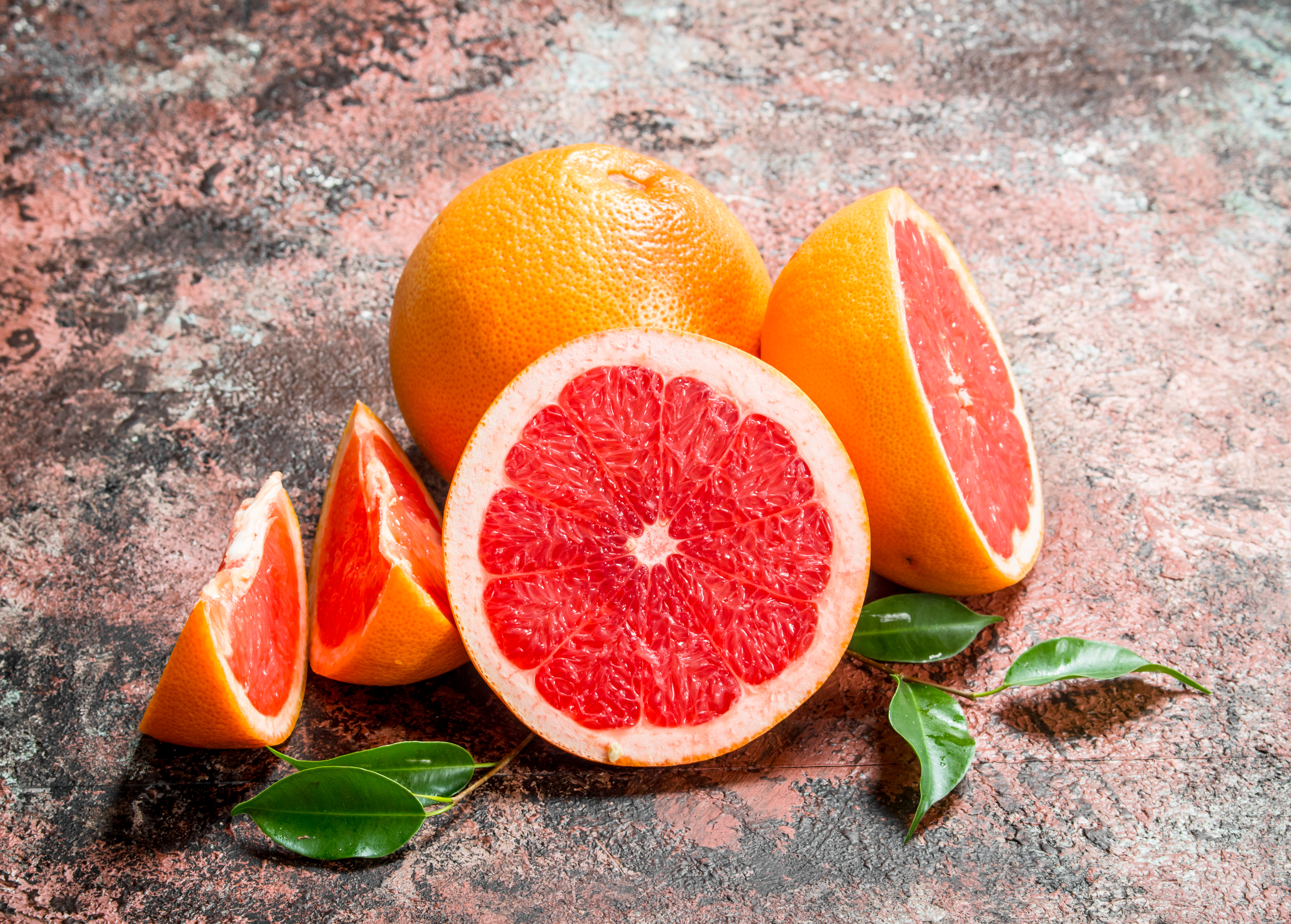13 Interactions Between Common Medications and Food You Need to Know
In the intricate dance of maintaining health and well-being, diet and medication play pivotal roles. While these elements are often considered separately, their interactions can significantly impact their effectiveness and safety. This article delves into the surprising ways in which common foods and medications interact, often unbeknownst to consumers. The relationship between diet and medication is not merely a matter of avoiding certain foods while on medication. It encompasses a broader spectrum of considerations, including timing, combinations, and individual health conditions. We will uncover how everyday foods like grapefruit, dairy products, and leafy greens can alter the way medications work in the body.
1. Grapefruit and Statins - A Bitter Interaction

Grapefruit, with its tangy and refreshing flavor, is a popular choice for breakfast or a healthy snack. However, it harbors a secret that can significantly affect the way certain medications work, particularly statins used for lowering cholesterol. Grapefruit contains compounds known as furanocoumarins, which inhibit the activity of an enzyme called CYP3A4 in the small intestine. This enzyme plays a crucial role in the metabolism of many medications, including statins. When grapefruit is consumed, it can lead to higher levels of statins in the bloodstream, increasing the risk of side effects such as muscle pain and liver damage. This interaction is not limited to fresh grapefruit; grapefruit juice and even marmalades can have the same effect. For individuals on statins, understanding this interaction is vital to avoid potential complications. Healthcare providers often advise patients to avoid grapefruit altogether while on these medications, highlighting the need for awareness and caution in dietary choices.
2. Dairy Products and Antibiotics - A Calcium Conundrum

Dairy products, rich in calcium and other nutrients, are a staple in many diets. However, when it comes to antibiotics, particularly tetracyclines and fluoroquinolones, dairy can pose a challenge. Calcium binds with these antibiotics in the stomach, forming insoluble complexes that the body cannot absorb. This interaction reduces the effectiveness of the medication, potentially leading to treatment failure. For those prescribed these antibiotics, timing becomes crucial. It is often recommended to take these medications at least one to two hours before or after consuming dairy products. This allows the antibiotics to be absorbed without interference from calcium. Understanding this interaction is essential for ensuring the efficacy of antibiotic treatments, especially in combating bacterial infections. By being mindful of dietary choices, individuals can optimize the benefits of their medications and support their recovery process.
